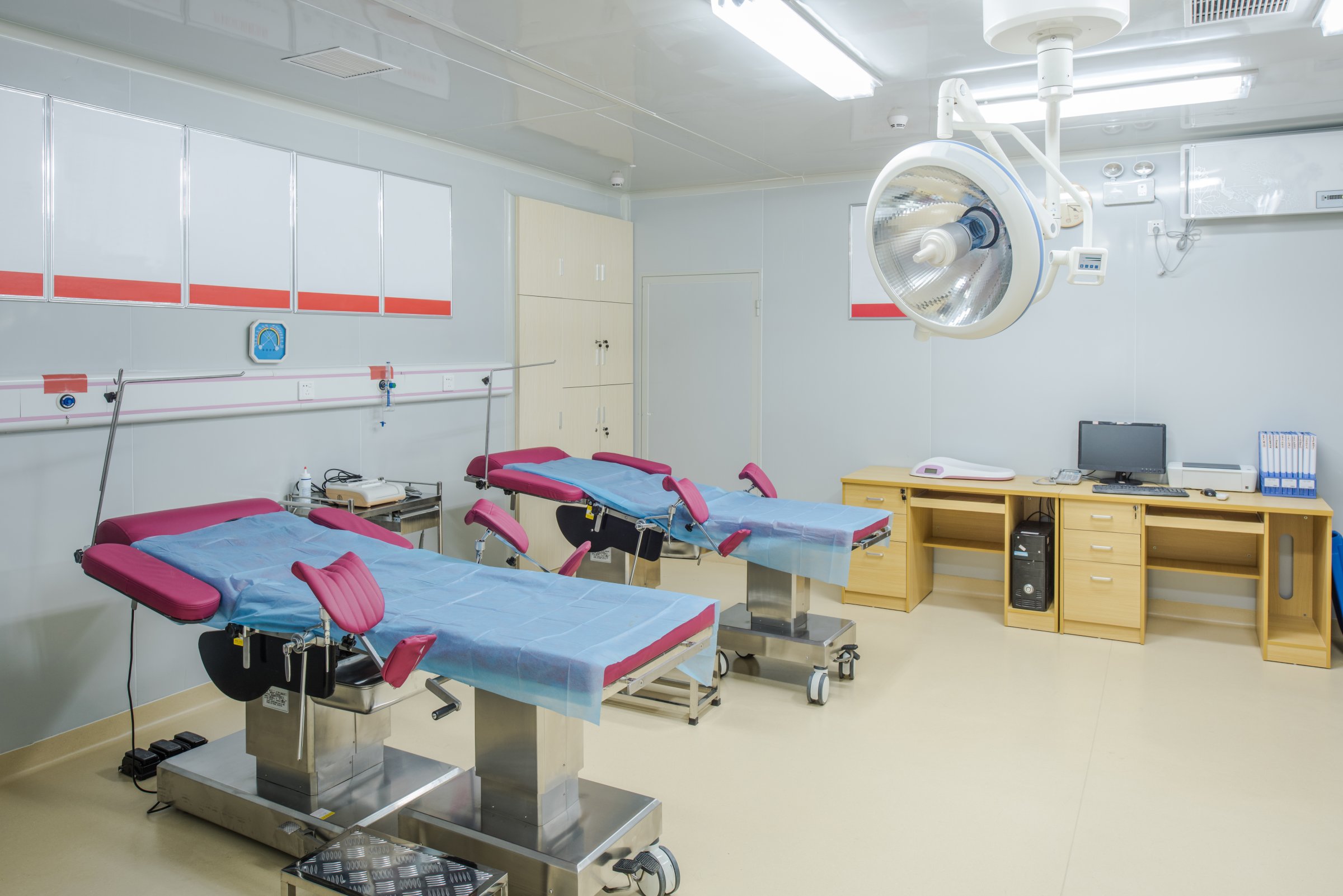
Room spinning, tired, I didn’t realize I was hemorrhaging. My daughter had just been born in a rapid birth spurred by Pitocin because my labor wasn’t progressing. I went from being six centimeters dilated to giving birth in seven minutes flat. Too fast.
Having elected for natural childbirth, it felt something like a tsunami hit the room, I’d been pulled deep under the churning waters, and she was swept in on a wave. To say I was worried about her is an understatement. Hearing my tiny daughter take that first breath and then start crying was one of the most relaxing noises I’ve ever heard. Such sweet relief. She was fine.
But I wasn’t.
Shortly after my daughter was born, I remember my doctor leaning over me with the light framing her head above mine, looking me in the eye, and saying something like: “You’re not done yet, and what I’m about to do is going to hurt more than anything you’ve ever felt in your life. Hold on.” Without hesitation, she pulled out the broken pieces of placenta that were causing hemorrhaging that I didn’t even know was happening at the time. As she did this I possibly broke a decibel record, dropping an epically loud F-bomb. But quick action was needed. If not treated quickly, postpartum hemorrhaging can be a sneaky, silent killer.
There’s already a lot of blood involved in giving birth, and pain, too, so the person in trouble— in this case me — can be clueless that there’s an emergency until it’s too late.
I lived.
But many — too many — women don’t. Women of color, in particular, are losing their lives at alarming rates. In fact, black women in the United States are more than three times more likely to die. Hemorrhaging, like I did when I had my daughter, is one of the most common ways women die in childbirth, and the situation isn’t getting better. According to the World Health Organization, the maternal mortality rate in our nation more than doubled between 1990 and 2013 — and some places in our nation have truly appalling maternal mortality rates. For instance, in 2017, the maternal mortality rate in Texas is the highest not only in the United States, but in the entire developed world. It’s no coincidence that this surge in maternal deaths coincided with devastating budget cuts to health care and clinics that provide reproductive health care in Texas. Lack of access to health care services during pregnancy can determine if a woman and her child live or die during or after childbirth.
But maternal deaths aren’t limited to just Texas. Two or three women die every day in the United States while they are in the process of giving life, and every ten minutes a woman nearly dies due to pregnancy-related complications. This gives the United States the dubious distinction of being one of the only countries in the world where maternal deaths and injuries have been increasing in recent years.
It doesn’t have to be this way. While our maternal mortality rate has more than doubled over the past twenty years, deaths related to pregnancy and childbirth fell by more than a third worldwide, including in many developing countries. Behind these shocking numbers in the United States is the appalling fact that nearly 60 percent of all maternal deaths are entirely preventable.
We can, and we must, do something about this.
Excerpted from Keep Marching: How Every Woman Can Take Action and Change Our World by Kristin Rowe-Finkbeiner (Hachette Books, 2018).
More Must-Reads from TIME
- Why Biden Dropped Out
- Ukraine’s Plan to Survive Trump
- The Rise of a New Kind of Parenting Guru
- The Chaos and Commotion of the RNC in Photos
- Why We All Have a Stake in Twisters’ Success
- 8 Eating Habits That Actually Improve Your Sleep
- Welcome to the Noah Lyles Olympics
- Get Our Paris Olympics Newsletter in Your Inbox
Contact us at letters@time.com